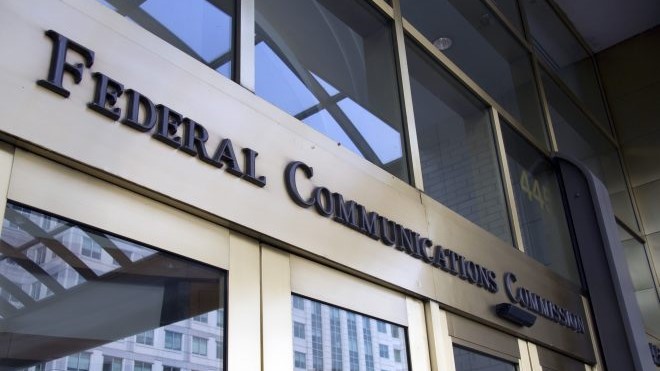AT&T Proposes Tweaks to FCC’s C-Band Auction Plan
Wants a guaranteed date for access to 3.7 GHz spectrum in event of accelerated relocation

WASHINGTON—While AT&T generally approves of the FCC’s proposed plan for making C-band spectrum previously used for fixed satellite service available for 5G development, it does have a few tweaks that it sees as beneficial to the transition process.
At the top of the list is the proposal of payouts to satellite operators who accept an accelerated relocation from their current position on the C-band spectrum to the upper 200 MHz. The FCC says it plans to provide incentive payments to those operators who take on an accelerated relocation that could eventually total billions of dollars of reimbursements, which service licensees would be required to pay a portion of, AT&T says. AT&T poses the question then, what would service licensees receive in return?
With 3.7 GHz service licensees potentially paying up $10 billion for accelerate clearing, AT&T makes the case that they should then be “permitted to use their 3.7 GHz service licenses by the Phase I and Phase II deadlines without having to protect Earth stations from interference in the cleared spectrum allocated for terrestrial mobile use.”
“This would ensure that 3.7 GHz service licensees who pay satellite companies billions for early clearing are able to use their spectrum, free from any ill effects of holdouts among satellite companies or earth owner stations,” AT&T wrote.
Among the other points that AT&T brought up in its comments was the need for C-band FSS customers, including Earth station owners, programmers and other users, for a guarantee “turnkey migration,” that will help assure that services will not be impaired as a result of the transition.
Other points brought up in A&T’s comments included:
- Multistakholder Technical Working group should be required to complete its work in a timely fashion;
- The Draft Auction Procedures Notice should promote spectrum contiguity by implementing a single assignment auction for permanent spectrum positions;
- The Draft R&O should at least adopt partial measures to provide for continued occasional use;
- The Draft R&O should correct the apparent discrepancy to require clearing costs and acceleration payments only from benefitting licensees; and
- The Phase I PEA markets should be defined with reference to the TT&C locations ultimately approved by the commission
Read AT&T’s complete filing on the FCC website.
Get the TV Tech Newsletter
The professional video industry's #1 source for news, trends and product and tech information. Sign up below.
